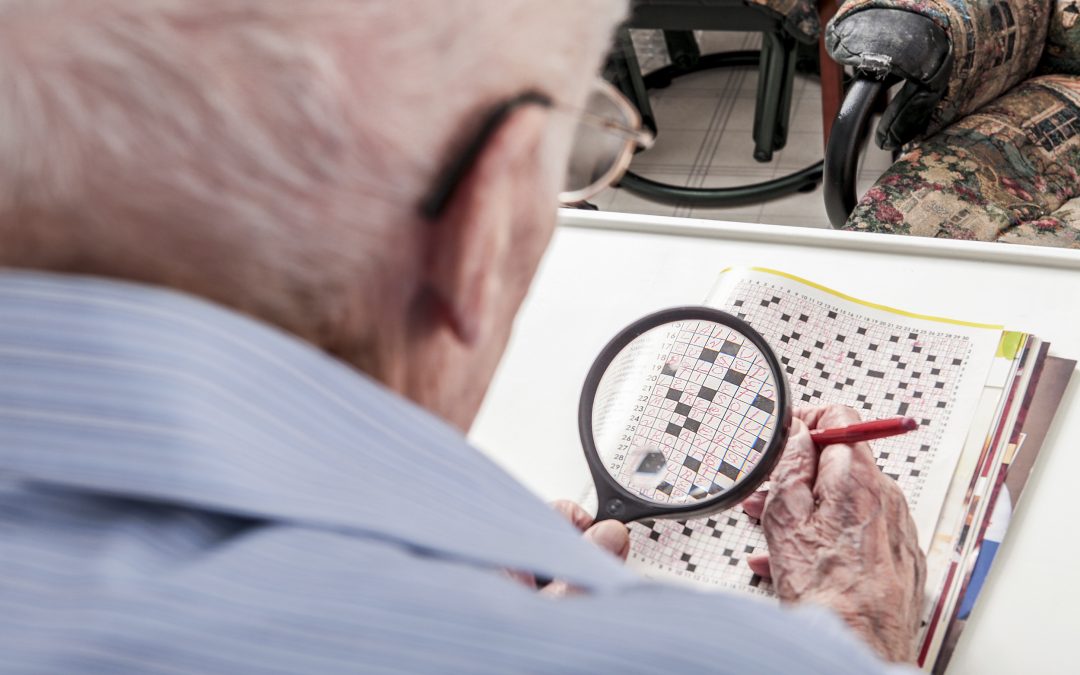What is low vision?
Low vision, also known as visual impairment, is when your sight can’t be corrected with glasses or contact lenses nor by any medical/surgical treatments currently available.
Low vision is more common for older people. The most common cause is age-related macular degeneration (AMD) but other age related factors are also responsible for it. Saying this younger people with eye problems can also experience the condition.
How do I know if I have low vision?
You’ll generally notice if you have low vision simply if you feel that you’re not able to see as well as most other people even when you’re wearing glasses or contact lenses.
At Home Healthcare can provide a Low Vision Assessment free of charge for any patient with a reduced visual acuity of N6 or worse.
What is a low vision assessment?
This is an assessment made by a qualified professional to determine what an individual with visual issues, like and most importantly, needs to do – from day to day. From this they will assess the individual’s visual function – usually involving Visual Acuity, Contrast Sensitivity and Functional Visual Fields.
Using this information, the practitioner will decide if any low vision aids are available to help the individual do the things that they want and contribute to living a normal lifestyle.
These vision aids are available on free long-term loans, and people often swap them for different aids after re-assessments.
As a follow up and further help – individuals may be referred to other professions and/or services for additional help. This support can include voluntary organisations, social, education and employment services.
How does a low vision assessment make it safer and easier for the elderly?
Low vision aids will greatly enhance the quality of life of the elderly while reducing risks associated with impaired vision.
Safety
It can help illuminate the surroundings reducing the chances of slips, trips, bumps and falls. Being spatially aware will help the elderly avoid hazards more easily. Pouring hot liquids, chopping vegetables. cutting the grass and taking medication are just some examples where a small visual misjudgement can be problematic.
Ease of life
Simple pleasures in life such as reading and watch tv, will allow the elderly to continue leisure activities that they have become accustomed to.
Aids and active lifestyle and will help to continue playing sport, where hand eye coordination is key. However, although affected individuals may not be able to play to the previous elevated standard, they can still play to an enjoyable level.
Reading to the grandchildren and going to the movies – there are all manner of things people can take for granted. Vision aids allow a reasonably normal life.
What to do next?
Get in touch with us if you have any queries or would like to book a low vision assessment with one of our experts.
Eyesight can and often does deteriorate over time and people will often change or need to do different tasks in the future.
In either case, we recommend people have a full low vision assessment every year.
Further Reading
https://www.moorfields.nhs.uk/service/low-vision-assessment-lva
https://www.agingcare.com/articles/making-life-easier-for-older-adults-with-low-vision-177792.htm
https://www.nhs.uk/live-well/healthy-body/living-with-low-vision/


